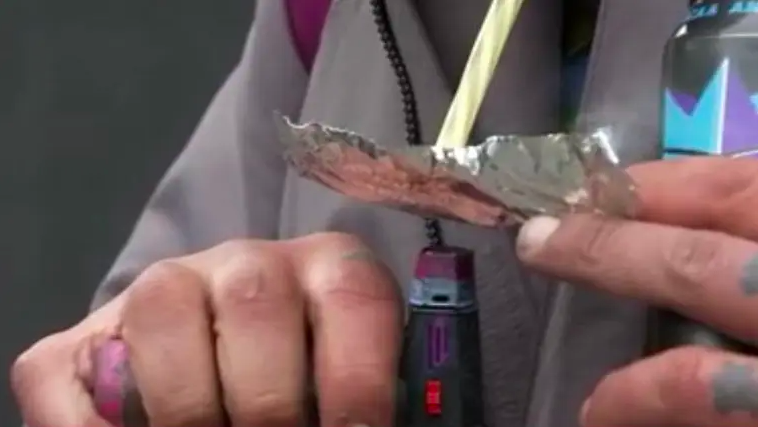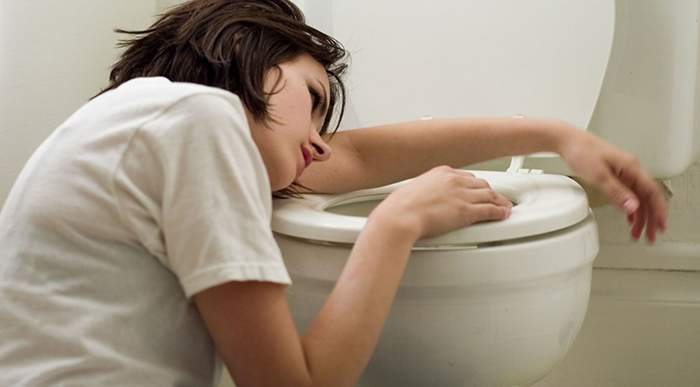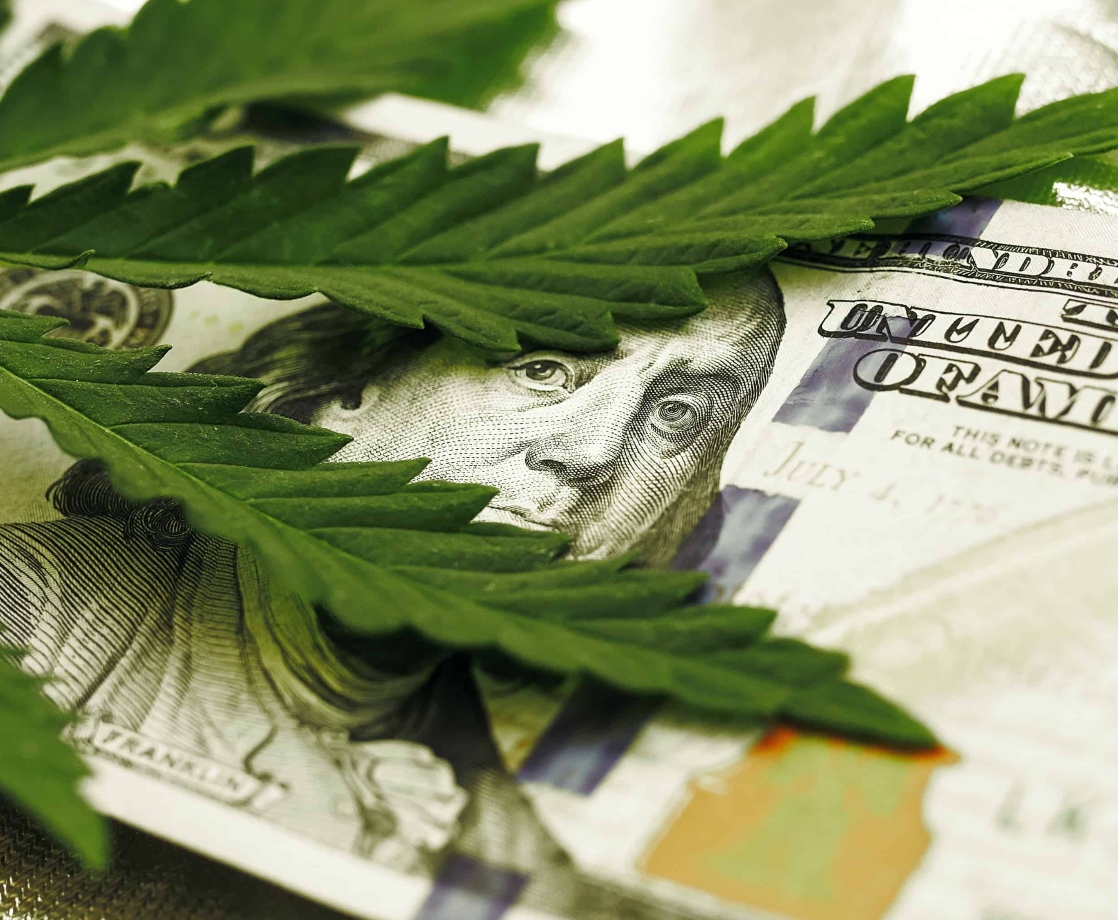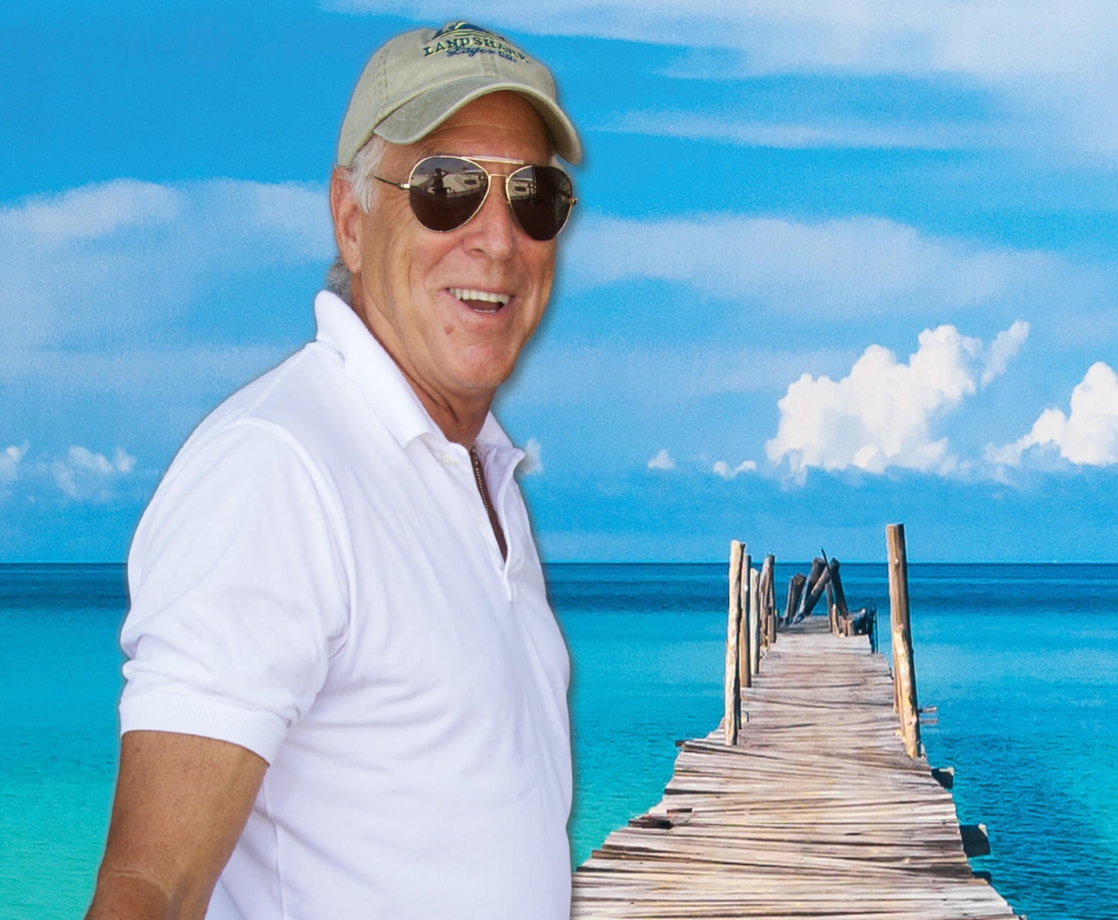Image via
It’s impossible to visit downtown San Francisco and not notice that the city is in a public health crisis. The local government has struggled to house the 8,000 San Franciscans who are currently unhoused, leaving neighborhoods like SoMa and the Tenderloin dotted with tent cities. Complicating this lack of stable housing are drug use statistics that took a terrifying turn during the pandemic. In a statistic that is rightly cited with frequency, San Francisco lost over 700 lives to drug overdoses last year; COVID claimed under 300.
The community has had enough of these preventable overdose deaths and are now demanding the city to implement a long-contemplated plan for a safe injection site. In these centers, trained staff are available to accompany drug users as they consume largely intravenous drugs — with clean needles provided by the facility.
Two-thirds of San Fransciscans who died from overdoses last year used fentanyl, a cheaply produced, immensely powerful synthetic opioid analgesic that claimed 72,000 lives in the United States in 2019. The drug typically makes its way into the drug supply as an (unadvertised) adulterant when dealers are looking to pump up profits. But in San Francisco, fentanyl is often sold as-is. It’s often mixed with meth and smoked; and that upper-downer drug combo can be extremely lethal.
As reported by local news site 48hills’ Garrett Leahy, on Tuesday, a crowd containing doctors, state legislators, public health experts, and drug user advocates demanded that Mayor London Breed call for a state of emergency over the overdose crisis.
“COVID is very much a real public health emergency, and we responded by declaring a state of emergency,” said Laura Thomas, director of harm reduction policy at San Francisco AIDS Foundation. “Overdose deaths are just as much a public health emergency and we need to treat it as such.”
To underline her point, 712 white markers were planted in the lawn in front of San Francisco’s City Hall — one for each person who lost their life to a preventable overdose.
And these overdoses are preventable. Because, despite the enormity of the problem, local advocates have long been vocal about the fact that a safe injection site is one initiative that could help stem the tide of overdoses.
As Mission Local notes, a 2016 study estimated that a 13-booth safe injection site would also make health-related and financial sense for San Francisco, reducing “HIV and Hepatitis C infections, averted overdose deaths, fewer skin and soft tissue infections, and more people taking of medication-assisted treatment.” Reduction in costs related to the health care of such issues, the study estimated, would save the city $3.5 million every year.
Last year, the city’s mayor and Board of Supervisors voted unanimously to build a safe injection site, but plans stalled due to the fact these facilities are actually illegal under federal law. Furthermore, regulation like the Controlled Substances Act gives the federal government the authority to shut down any such center.
Tuesday’s protesters argued that federal law didn’t stop San Francisco from legalizing medical marijuana, equal marriage rights, or a syringe-access program during the height of the HIV/AIDS epidemic in 1993 — all before the feds were on board with such issues. And calling a state of emergency, advocates contend, could make it easier to push such a plan through to completion.
“We’re way past awareness at this point,” said Thomas. “Drug overdose deaths are an emergency in this city, this state, and this country.”











